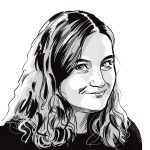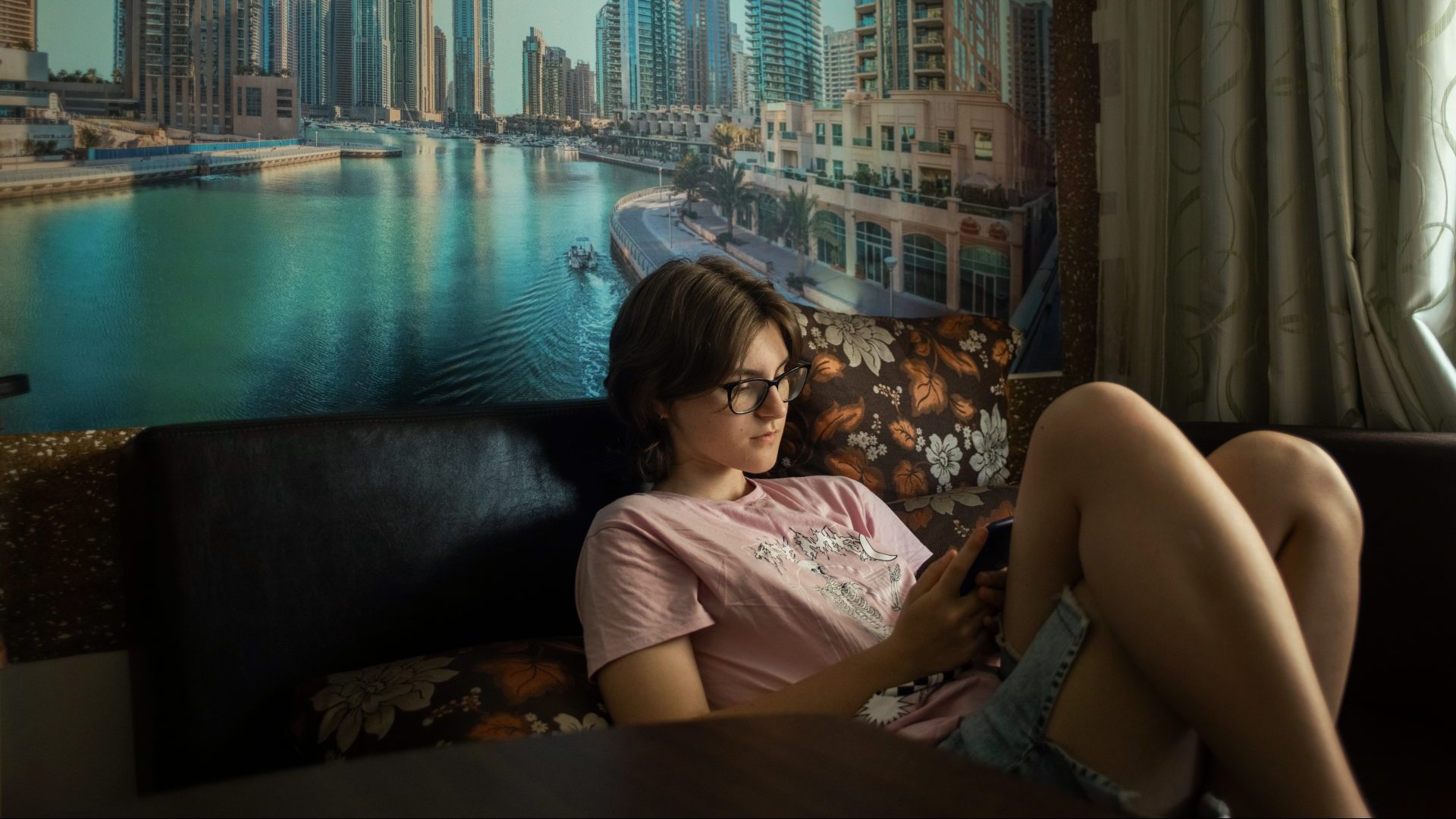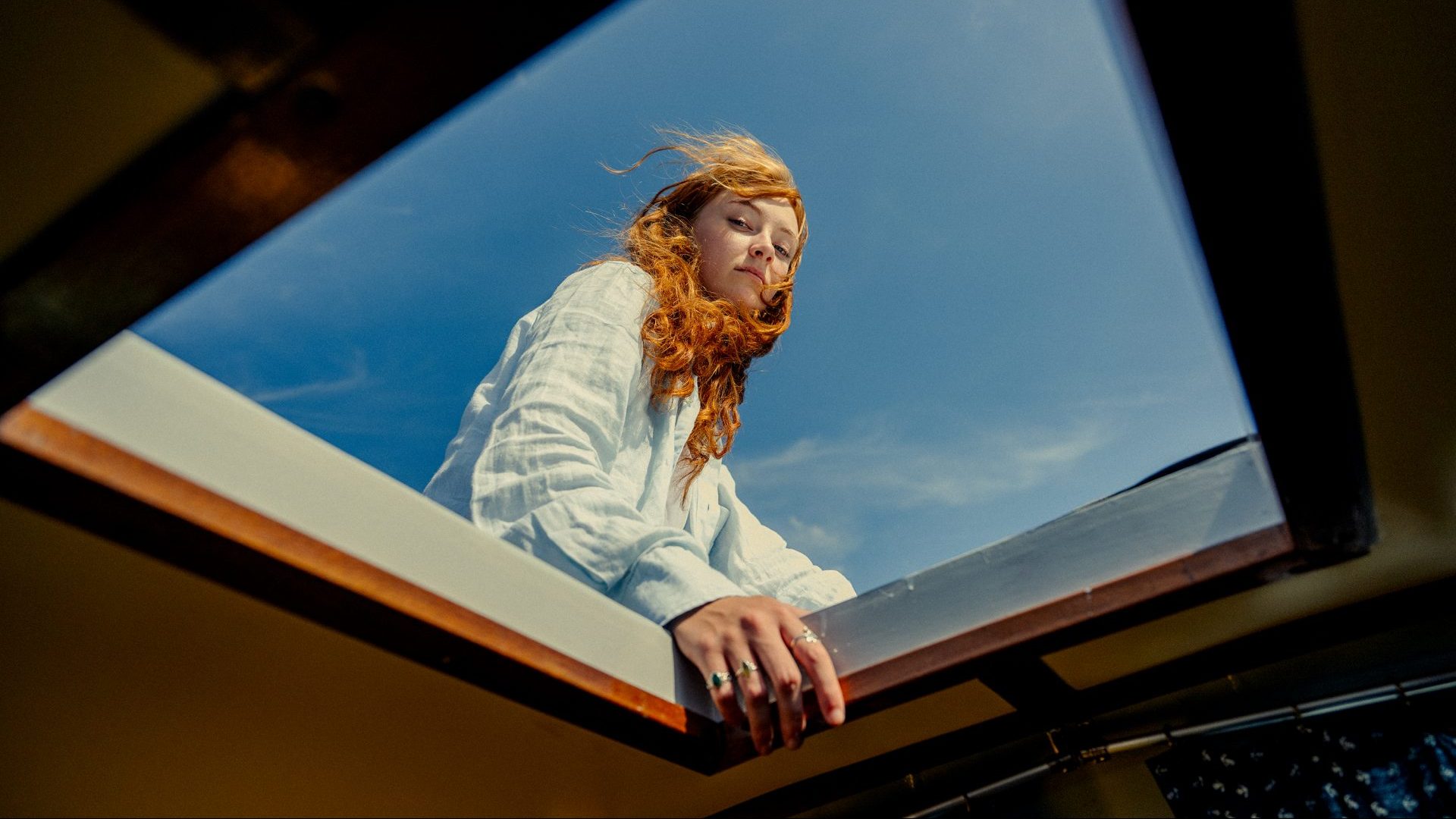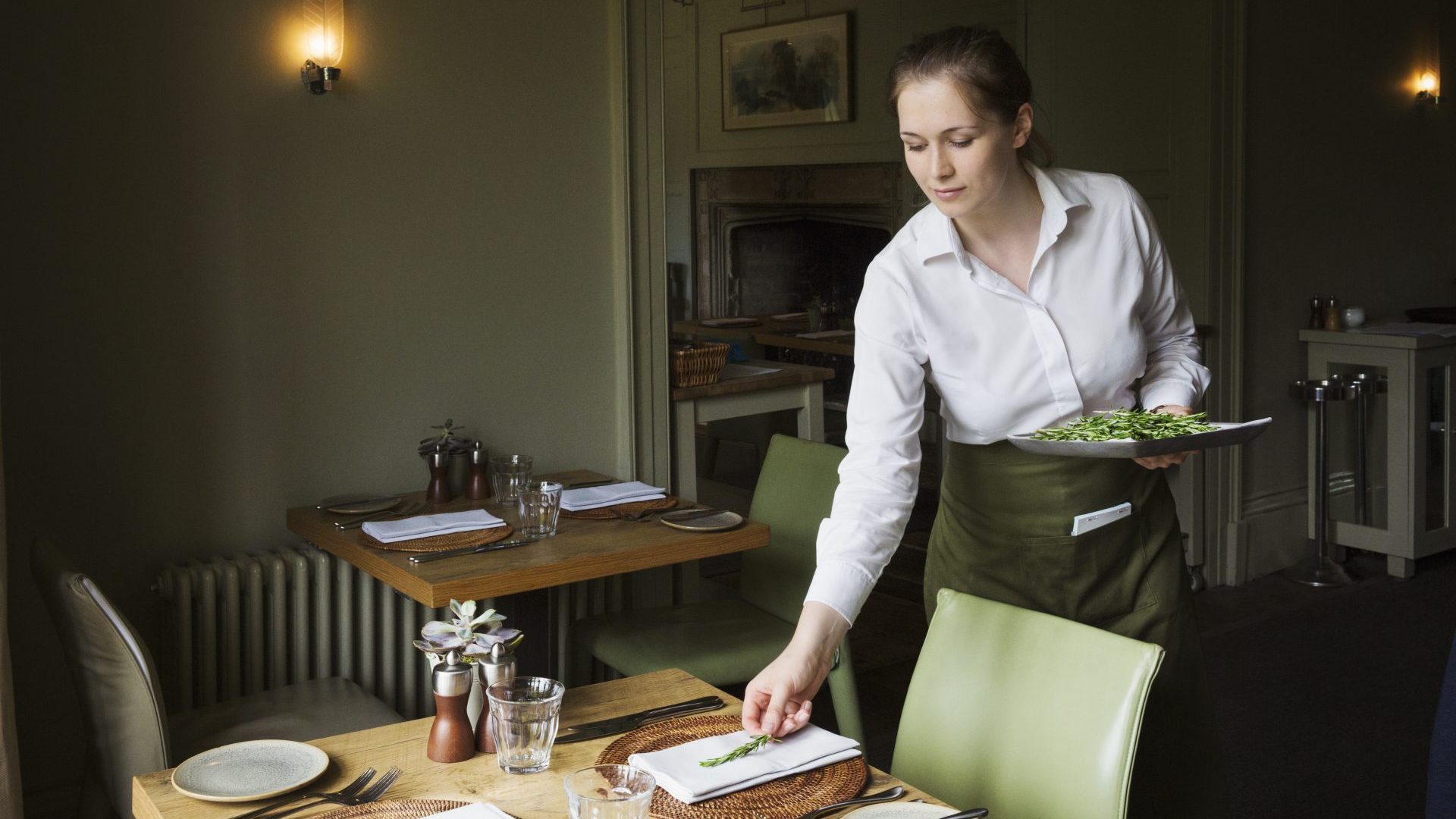When Russian forces invaded Ukraine, Anya’s eight-year-old son, Nikita, didn’t understand. “Why are they doing this? Don’t they have a map?” he asked his mother.
In March 2022, Anya, heavily pregnant with her second child, fled Kherson on a perilous journey with Nikita to Warsaw, where her mother already lived and worked as a cleaner. Passing destroyed bridges and bodies lying on the side of the road, their vehicle came under fire from Russian forces.
“Nikita was the only one in his class who left Kherson. All their teachers are Russian now,” Anya told photographer Polly Braden. On May 17, she gave birth to her daughter Varvara and today she is making a fresh start for the three of them in Lublin while her husband, Andriy, works on cargo ships. Her story is just one that Braden has documented for the last two years.
When the war broke out, millions fled Ukraine to Europe’s neighbouring countries, with approximately 850,000 displaced persons crossing the border into Moldova in search of safety.
Meanwhile, on hearing the news, Braden began making her own journey to Moldova’s south-west border, where she slowly built up a rapport with the refugees she met there, asking them if they wanted to be part of her long-term project. The result is Leaving Ukraine, a breathtaking exhibition in London’s Foundling Museum which documents the lives of several of these women and children over a tumultuous two years, as they became increasingly scattered across Europe.
“As a single mother, I couldn’t imagine it,” Braden tells me. She was transfixed by the news footage of women clutching their belongings and guiding their children through border bureaucracies. Braden wanted to know these women, to understand who they were outside of the war.
Lena was 21 when the war broke out. Overnight, her life of planning her wedding in Mykolaiv and looking for jobs after graduating from her law degree became obsolete.
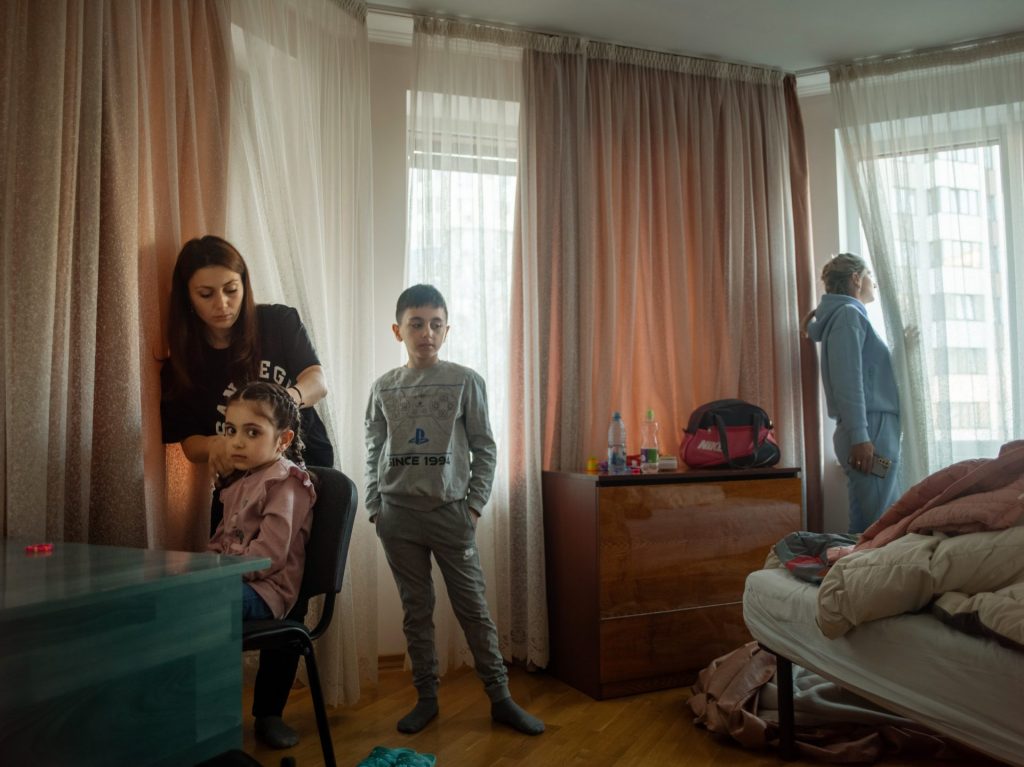
Lena and her mother, Tatiana, fled to Moldova before continuing to Italy. With both mother and daughter struggling to find employment, Lena made the difficult choice to move to London. Here, her life has moved quickly, starting a job at a maritime law firm, meeting her future husband and, soon, welcoming their first child.
Tatiana’s situation, however, worsened. “In Ukraine, she was a well-known television news sign interpreter, but in Italy, she was living on €2.50 a day. She couldn’t even decide on what food she would eat each evening and their group dormitory had a concrete floor. She lost all sense of agency,” says Braden.
Then there are Sofiia, Aliesia and Yuliia, three schoolgirls all of whom were 16 when the invasion began. Sofiia’s family fled to Poland (where her mother told her it would only be necessary for two weeks), finding an apartment in Katowice with seven sharing one room. Yuliia’s family found refuge in Bulgaria while Aliesia’s family ended up in a dormitory in Kraków, after a two-month journey to Spain and back in the search for a permanent residence.
Out of the 28 in their class, 18 were scattered across Europe. Now in Switzerland, Sofiia has earned a place at a prestigious high school, Yuliia is studying cinema at the University of Warsaw, while Aliesia returned to Ukraine where she is earning her Italian degree from the University of Kyiv online.
On their journeys, the girls used Snapchat to keep in touch. “I thought about working with a writer, but I wanted the girls’ voices to speak for themselves,” explains Braden.
Last July, the girls were able to reunite for their school prom in Mykolaiv. It’s a section of the exhibition that, briefly, allows their reality to be swapped with adolescent normality.
“It was important to show their rite of passage,” Braden explains. Despite this, the inevitable soon sweeps back in.
In a scene from one of Braden’s documentaries, we follow the girls back to Ukraine, their cars passing tanks and desolate buildings. In another clip, Sofiia explains how purchasing a prom dress in Switzerland was unrealistic financially, but, fortunately, the war had made buying the garment in her home country far cheaper.
On the eve of the exhibition’s opening, Sofiia, Aliesia and Yuliia stayed with Braden in London. She reflects that while it must have been unsettling to walk through a gallery decorated with snapshots from such a traumatising period of their lives, “they played it cool”. What else would we expect from teenagers?
Leaving Ukraine is at the Foundling Museum, London, until September 1

